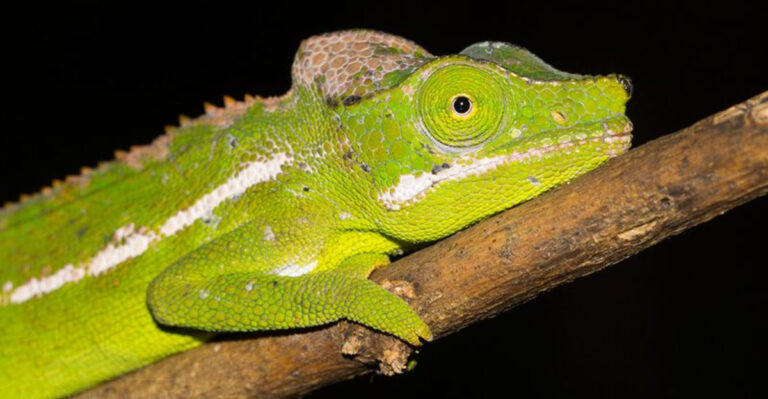Scientists Reveal Chimps And Bonobos Can Recognize Human Ignorance – 10 Fascinating Facts About These Intelligent Apes
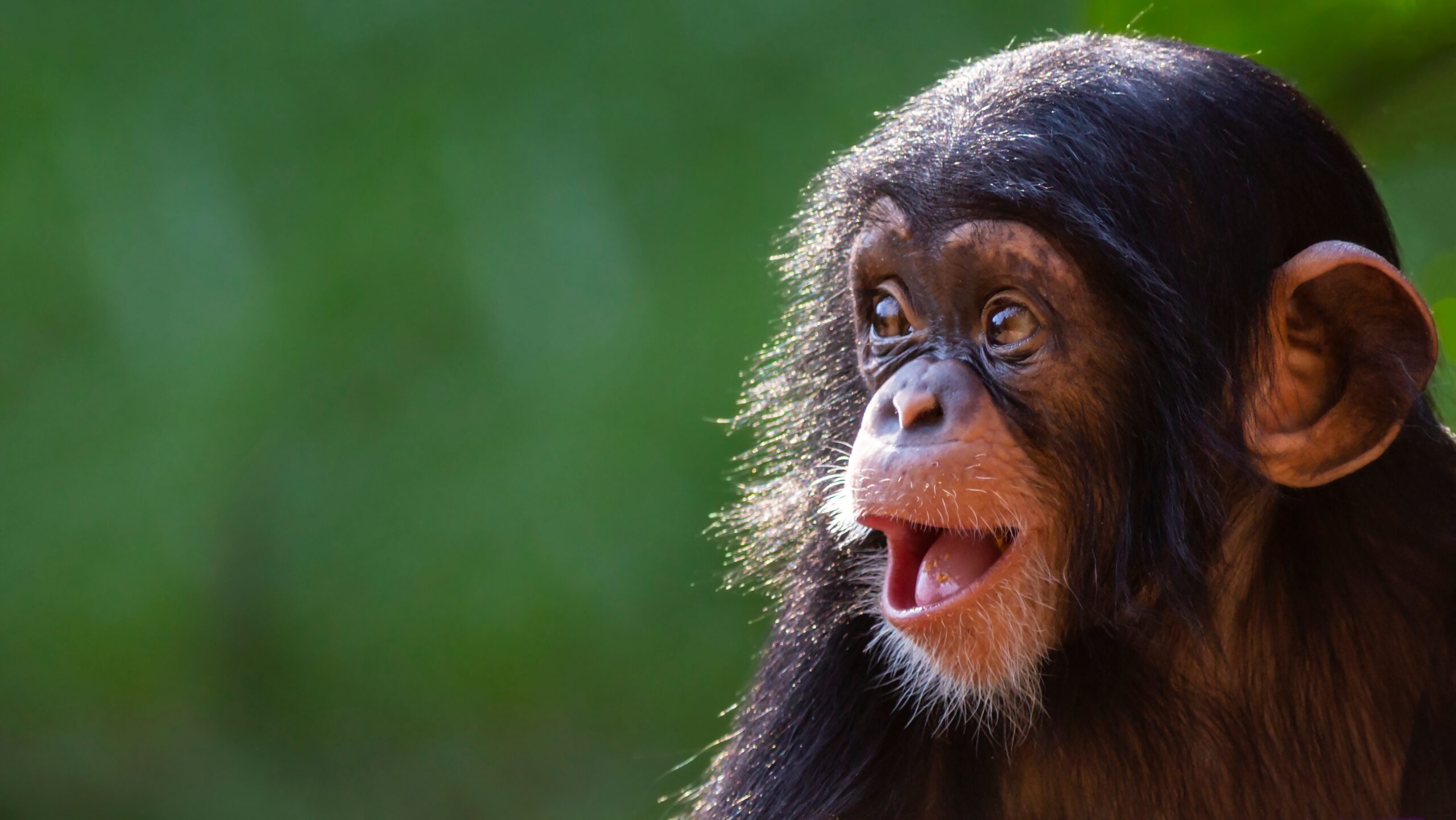
Explore the captivating world of chimpanzees and bonobos as scientists unveil their remarkable ability to recognize human ignorance. In this list, we dive into fascinating facts that showcase the intelligence and unique behaviors of these amazing apes.
From their social structures to their problem-solving skills, each fact uncovers a new layer of understanding about our closest relatives in the animal kingdom. Get ready to be amazed by their cognitive feats and social dynamics, all wrapped up in an engaging and entertaining read.
1. Recognizing Ignorance
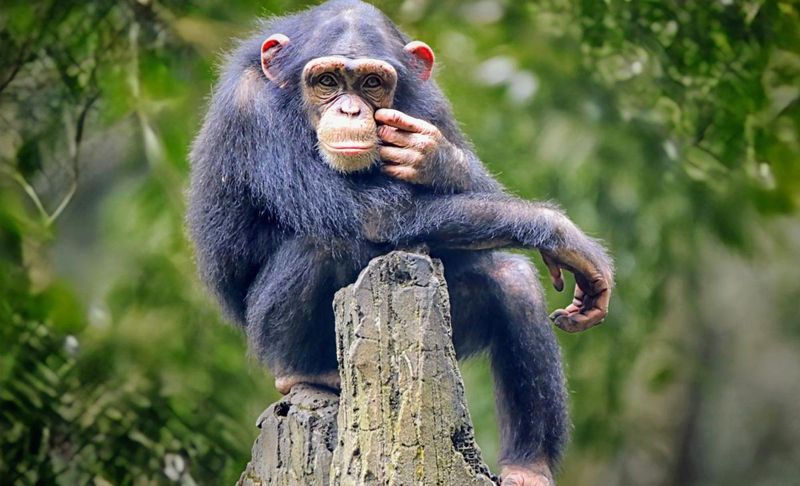
The ability to recognize ignorance is not exclusive to humans; chimpanzees can also identify when someone lacks knowledge or understanding. This cognitive skill is part of their social toolkit, aiding in their interaction with both fellow chimps and humans.
When interacting with humans, chimpanzees can discern when a person is unaware or uninformed about something. This recognition allows them to adjust their behavior and communication, highlighting their flexible and adaptive nature.
This skill reflects an advanced understanding of mental states, akin to a theory of mind.
By recognizing ignorance, chimps can manipulate or cooperate with others more effectively, showcasing a sophisticated level of social intelligence and awareness that aids their survival and integration into diverse environments.
2. Empathy In Action
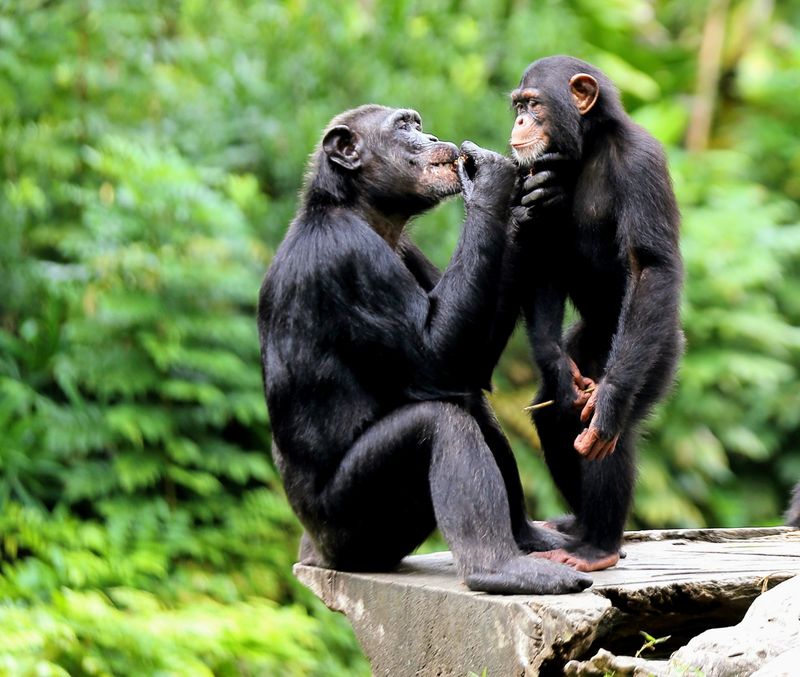
Empathy isn’t just a human trait; chimpanzees exhibit it remarkably well. Imagine a scenario where a chimp comforts a distressed companion by grooming or hugging them. Empathy plays a crucial role in their social dynamics, helping them build strong bonds and maintain harmony within the group.
These intelligent apes can read emotions and respond in ways that enhance group cohesion. For instance, if a young chimp cries out, others may rush to its aid, showing concern and understanding. This behavior underscores their deep social intelligence, akin to human empathy.
It’s fascinating how chimps use empathy to navigate complex social networks. By understanding and reacting to the emotions of others, they foster alliances and reduce conflicts.
This empathetic behavior is not just a feel-good gesture but a strategic move that aids in survival and cooperation within their community.
3. Tool Use And Innovation
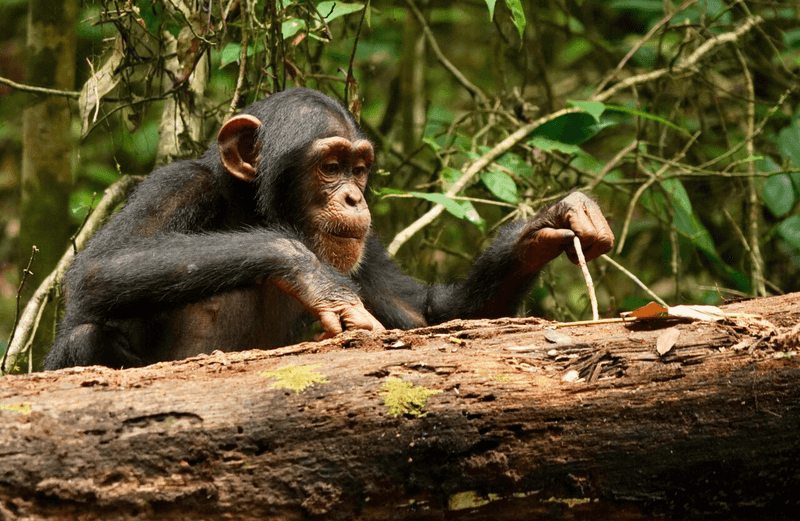
Tool use among apes is a testament to their problem-solving skills. Bonobos, for instance, have been observed using sticks to fish for termites, demonstrating a level of innovation and adaptability. This ability to use tools is not just for survival; it also reflects their cognitive complexity and cultural learning.
When bonobos use tools, they display foresight and planning. They select and modify objects, showcasing an understanding of cause and effect. This behavior highlights their capacity to learn, adapt, and teach these skills to others, indicating a rudimentary form of culture.
Such tool-related activities are a clear sign of intelligence, putting bonobos in a rare group of tool-users in the animal kingdom. Their capability to innovate and improvise tools opens a window into their cognitive world, offering insights into how they perceive and interact with their environment.
4. Complex Communication
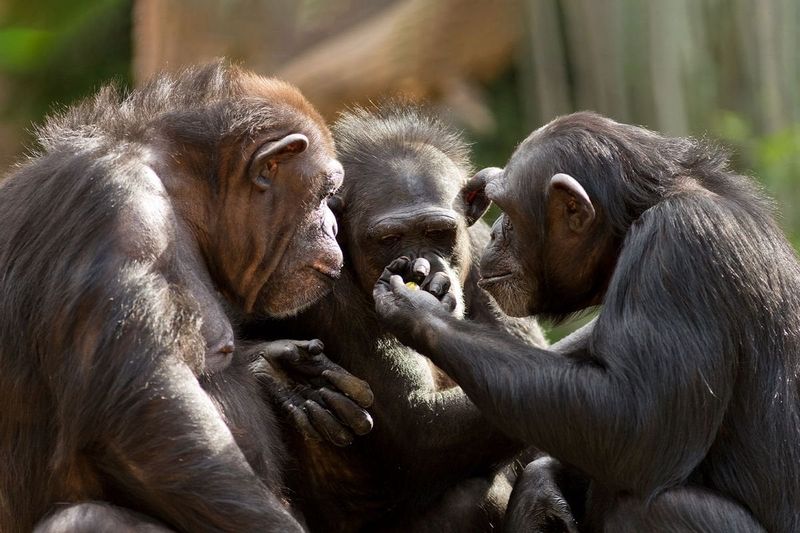
Communication in bonobos goes beyond vocalizations; they use a rich tapestry of gestures and expressions to convey messages. This non-verbal communication is as complex as it is captivating, revealing insights into their social interactions and cognitive abilities.
Bonobos employ a variety of gestures, such as arm raises or gentle touches, to express needs or coordinate group activities. These gestures are often accompanied by facial expressions that add layers of meaning and context, similar to human body language.
This sophisticated system of communication allows bonobos to navigate social hierarchies and maintain group cohesion. It demonstrates an advanced level of social intelligence, where interpreting and responding to these signals is vital for survival.
Their ability to communicate non-verbally is a testament to their cognitive prowess and adaptability.
5. Social Structure And Hierarchies
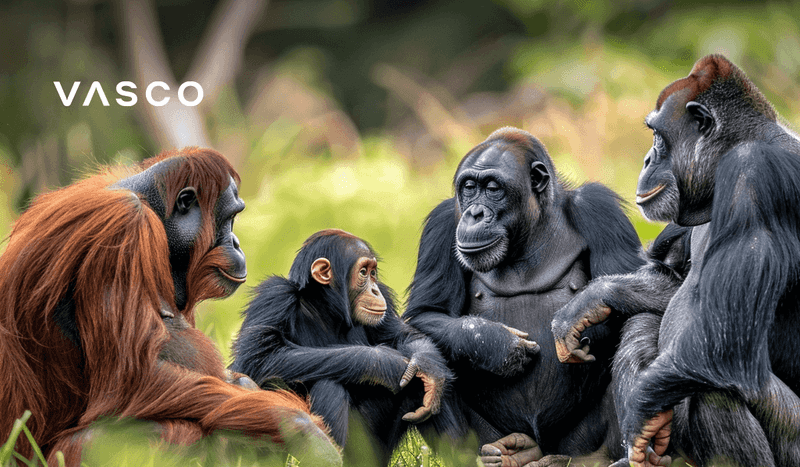
Bonobos are renowned for their matriarchal social structure, a fascinating contrast to the patriarchal societies of chimpanzees. This structure influences their group dynamics, decision-making, and conflict resolution strategies.
In bonobo groups, females hold significant power and influence, leading to a more peaceful and cooperative society. The matriarchal system fosters strong female bonds, which are crucial for maintaining harmony and social stability.
The hierarchical nature of bonobo society is a study in social evolution, showing how structure and leadership shape behavior. Understanding these dynamics provides valuable insights into the adaptive nature of social systems both in the wild and among humans.
The way they organize and manage their communities highlights their unique social intelligence.
6. Problem Solving Prowess
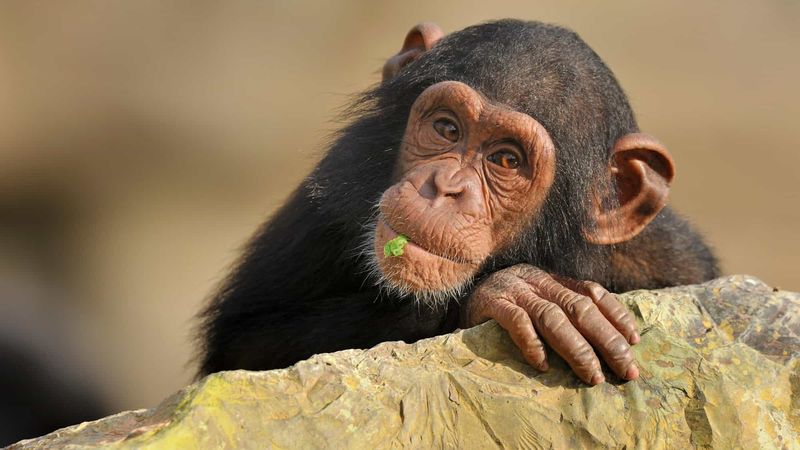
Chimpanzees are not only clever but exhibit exceptional problem-solving abilities that rival those of young human children. Their knack for tackling challenges is evident in various experiments and observations in the wild.
These primates can solve complex puzzles, often using abstract thinking and experimentation. By trial and error, chimps learn and adapt strategies to overcome obstacles, demonstrating cognitive flexibility and intelligence.
Such problem-solving skills are crucial for survival, enabling them to find food and navigate their environment efficiently. These abilities not only highlight their intelligence but also their capacity for learning and innovation, setting them apart in the animal kingdom.
7. Play And Creativity
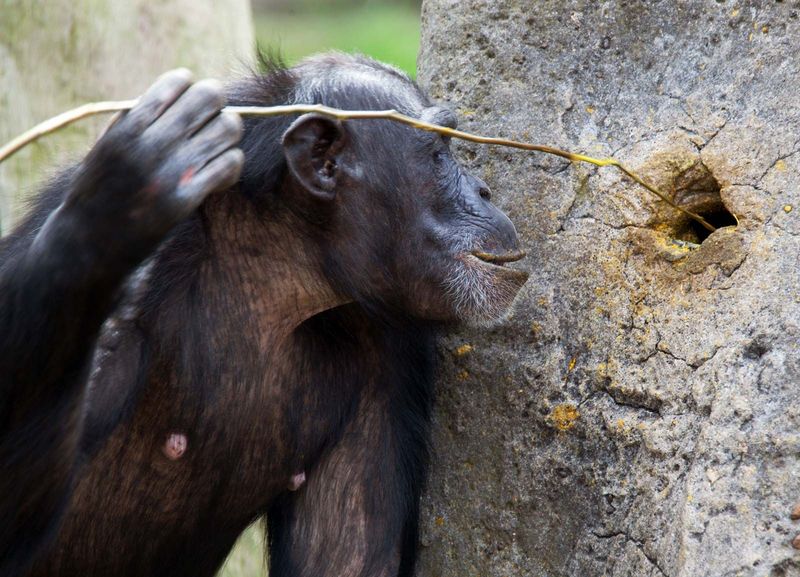
Playful behavior in bonobos is a significant indicator of their intelligence and social development. Through play, they explore, learn, and strengthen social bonds, all while having fun. Bonobos often engage in imaginative play, using objects creatively and interacting with each other in dynamic ways.
This creative play is essential for cognitive development and social cohesion, allowing them to practice skills needed for adulthood. The joy and creativity seen in their play are not just child’s play; they are a window into their cognitive world.
These activities foster innovation and learning, providing insights into their intelligent and adaptive nature.
8. Cultural Traditions
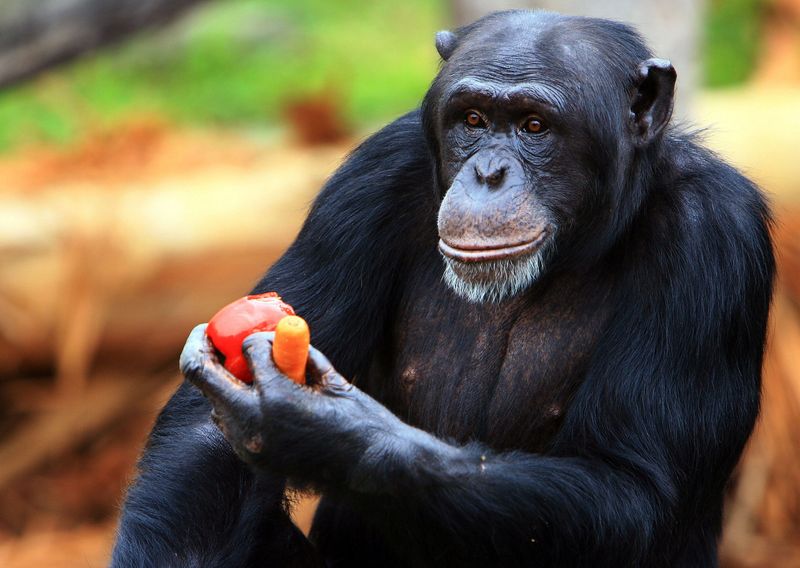
Cultural traditions in chimpanzees reveal their ability to pass down knowledge and customs through generations. These traditions vary among groups, showcasing a diversity of behaviors and practices akin to human culture.
Chimps use tools and engage in specific rituals, such as rain dances or grooming ceremonies, that are unique to their group. These cultural practices are learned and taught, indicating an understanding of social norms and the importance of tradition.
This cultural transmission highlights their cognitive complexity and social learning capabilities. Understanding these traditions provides insights into the evolution of culture and the similarities between humans and chimps in preserving knowledge and customs.
9. Conflict Resolution Techniques
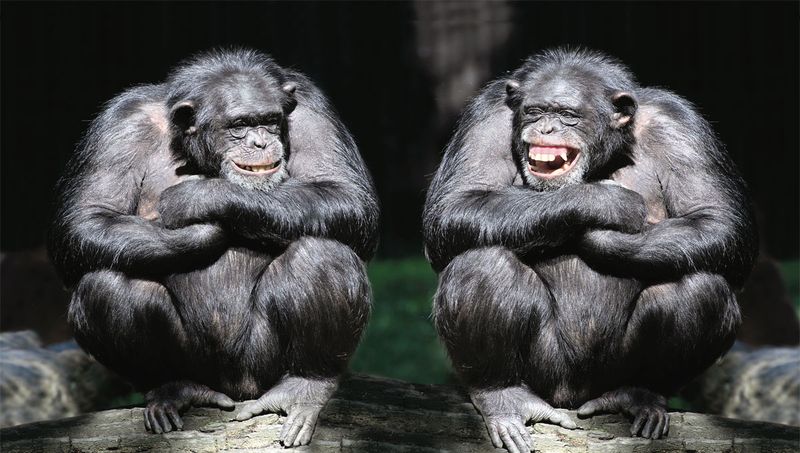
Bonobos are masters of conflict resolution, often using grooming and physical gestures to maintain peace. This behavior is a key aspect of their social intelligence and cooperative nature.
Unlike their chimpanzee cousins, bonobos resolve disputes with minimal aggression, opting for reconciliation and bonding activities. This approach to conflict highlights their ability to manage emotions and relationships effectively.
Their peaceful conflict resolution techniques are a testament to their social acumen and understanding of group dynamics. These strategies ensure group cohesion and stability, offering valuable lessons for understanding social interactions in both apes and humans.
10. Environmental Adaptability
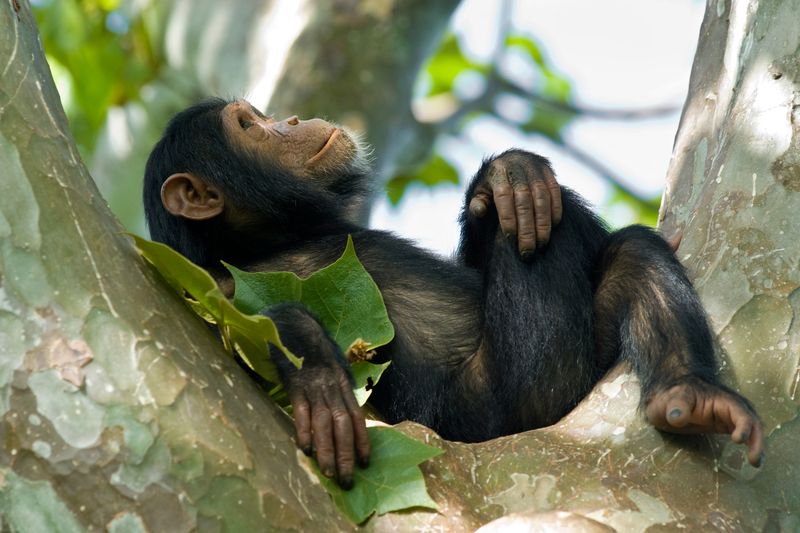
Chimpanzees display remarkable environmental adaptability, thriving in diverse habitats from dense forests to open savannas. Their ability to adjust to varying conditions showcases their resilience and resourcefulness.
In different environments, chimps modify their diet, tools, and social structures to fit the changing landscape. This adaptability reflects their intelligence and understanding of ecological dynamics, demonstrating their capacity to thrive in various settings.
This environmental flexibility is crucial for survival, allowing them to exploit new resources and avoid threats. Their ability to adapt and innovate in response to environmental challenges highlights their cognitive prowess and evolutionary success.


